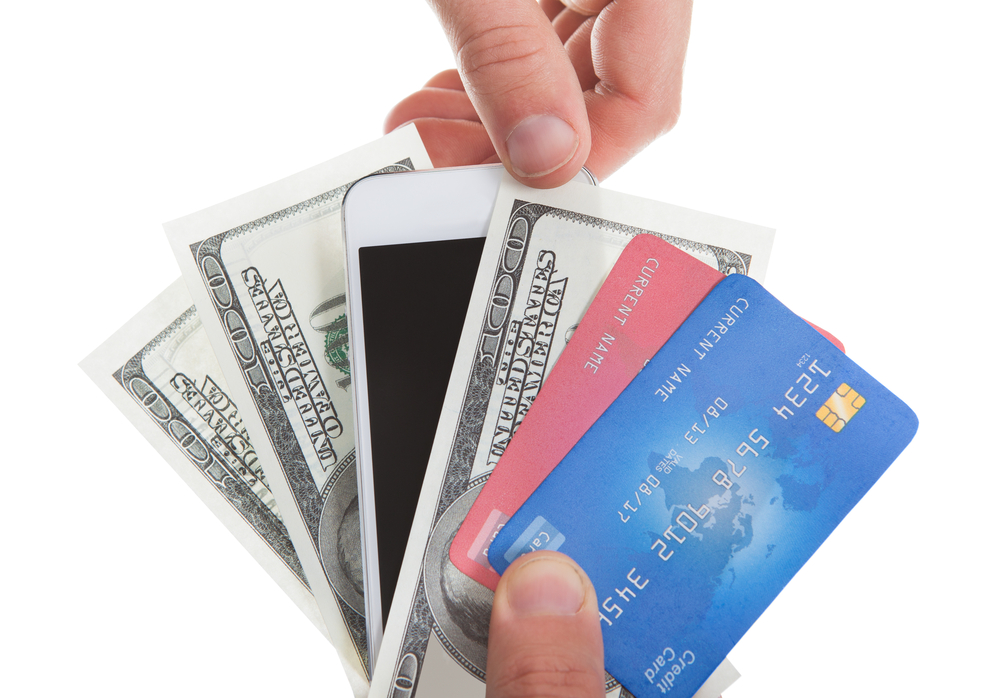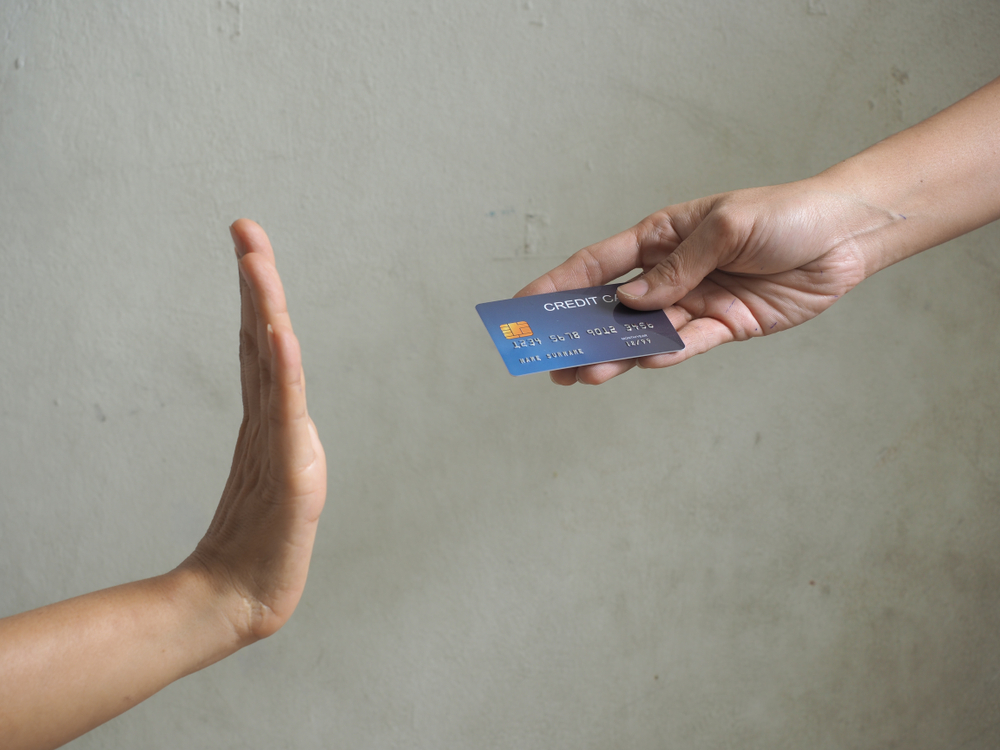Japan has the fourth largest eCommerce market worldwide. Japan also has some of the lowest cross-border shopping rates worldwide. However, Japan is still primarily a cash-based county with the third highest cash usage in the world. As of 2018, cash payments in Japan made up 82 percent of overall payments.
If you are planning to take advantage of payments in Japan, you will need a quality payment gateway that can accept the forms of payment that Japanese people most commonly use.
What Is A Payment Gateway Japan?
A payment gateway is a system that allows merchants to accept credit and debit cards for payment. This includes payment processing for brick-and-mortar stores as well as online. A Japan payment gateway is a payment gateway that can be used specifically in Japan.
How A Payment Gateway Works
A payment gateway works to send the customer information to the merchant’s acquiring bank, where purchases are processed. Payment gateways work to make purchases through a PIN, POS terminal, online payment portal, and other options. A payment gateway acts as the middleman between the customer and merchant banks.
Why Are Payment Gateways Essential?
Payment gateways are essential to allow merchants to accept mobile payments, digital payments, card payments, and more. Payment gateways get sent the customer’s information and verify it with their bank to ensure the purchase is legitimate and the information matches.
Payment gateways can also provide your business with fraud detection and other useful features.
Types Of Payments Commonly Used In Japan

- Konbini Payments
One payment method standard in Japan is Konbini payments. Convenience stores in Japan are called Konbinis. Konbini payments allow customers without access to cards or who prefer cash to pay for online purchases at their local convenience store or Konbini. They have become the second most popular payment method in Japan.
Ensure that you choose a payment gateway that supports Konbini payments.
- Cash On Delivery
Cash On Delivery is a system that allows customers to pay at their door when they receive items they have purchased. Major Japanese retailers offer the option for an extra charge.
- Atobarai Or Delayed Payments
Another common payment form in Japan is called atobarai, meaning to pay later. Big retailers allow delayed payments and have a point program for those who use it. It also covers merchants in case of missing payments.
The process of delayed payments works as follows:
- The customer makes a purchase and chooses atobarai as a payment option.
- The customer receives the item they ordered.
- The atobarai sends an invoice to the customer either with the item or separately.
- Once the customer gets the invoice, they have a certain amount of time to pay it at a konbini, bank, or post office.
5. PayPay
PayPay is a digital payment application that works like a prepaid debit card. The app is free through Japanese stores, and all you need to create an account is a Japanese phone number. The app also allows you to link a bank account for a transfer or use a credit card or gift card to fill up.
To pay at a store, you just scan a shop QR code or show your own barcode in the app. There are no fees and no minimum balance.
6. PayEasy
For online shopping, PayEasy collaborates with digital content providers, online payment providers, and consumers to streamline online shopping. PayEasy enables shoppers to make payments online directly from their bank account.
The customer selects their bank and is sent to the bank interface to complete the transaction. PayEasy payments can also be completed at post office branches, and many ATMS use PayEasy.
Why People In Japan Have Credit Cards But Don’t Use Them

The latest reports reveal that 85 percent of Japanese customers do have credit cards, and the average number of credit cards per individual user is 3.2. However, only 17 percent of Japanese people make purchases through credit cards; why?
- Japanese People Value Privacy
Although credit card systems are encrypted and protected, they still have to enter all of your information to make a purchase. Japan as a whole is a more reserved population and doesn’t like to feel exposed, so they often don’t use credit cards.
- Fear Of Fraud
Although Japan has fewer instances of fraud compared to other countries, people are still very sensitive to safety problems like a fraud. Using credit cards makes them feel exposed to fraud, data leaks, scams, and more.
- Valid Alternatives
Most large retailers and online stores in Japan offer cash-based alternatives to credit cards, including Konibi and Atobarai. Online subscription services also offer pre-charged cards that you can buy at convenience stores to pay for the service.
- Debt Is Seen As Risky
Credit cards work on a debt-based premise. Japanese people are strongly averse to risk and see credit cards as incurring real debt and exposing themselves to unnecessary risk.
What To Look For In A Japan Payment Gateway
When choosing a Japanese payment gateway, it is crucial to know what features to lookout for. If you are selling from Japan to another international location or selling from another location to Japan, this can come with some additional challenges.
Let’s explore some of the options you should look for in a Japanese payment gateway:
- Japan-Specific Payment Methods
Payment options and preferences vary by country, and if the gateway chosen doesn’t have Japan-specific payment options such as Yen, it is likely to cause cart abandonment. Before choosing a payment gateway, ensure that they offer all the payment methods that customers in Japan prefer, such as Yen, credit cards, debit cards, and more.
Giving your customers choices of payment methods that they prefer can increase your sales and conversion rates with customers.
- Excellent Anti-Fraud Tools
If you are selling abroad in Japan, you are more likely to experience payment fraud than if you are working in a domestic market. Thankfully, Japan’s chargeback rates are fairly low compared to other countries, less than 0.1%.
Regardless, you should choose a Japanese payment gateway that has excellent anti-fraud solutions. The right gateway will minimize the money you spend on disputes and risk management.
- Translated Checkout Page
Certain Asian marketplaces are infamous for not providing checkout pages in European languages or having poor-quality of translations. So, if you plan to sell internationally to other customers from Japan that speak different languages, this can be a huge issue. Any error on your checkout page automatically decreases the credibility of your website and increases the likelihood of abandonment.
There are two types of checkout pages available, both integrated and hosted. Integrated pages allow you to design your own, so you will need to ensure that there is the proper translation.
Hosted checkout pages are provided by the Japan payment gateway. Ask the provider about the language availability and quality.
- Encryption
Encryption of your payment gateway in Japan is essential to evaluate because they will be handling customers’ sensitive information. If there is a breach of this data, it can reflect negatively on your business.
Ensure that your gateway uses strategies such as tokenization and automated processes to reduce human error and fraud risk.
- Integration
Some gateways are easier to integrate with your existing solutions than others. If you have unique integrations or needs, such as linking your payment gateway with your invoicing software or other financial data management, be sure that the gateway you choose offers the integrations that you need.
- Speed
Different payment gateways offer different speed levels. To maximize the user experience and complete purchases as quickly as possible, you will want to choose a payment gateway in Japan that can secure online payments in seconds.
Final Thoughts
The best Japan payment gateway can help your business provide payment options that your customers are comfortable with. The Japan payment gateway you choose can be crucial to the success of your company.
Bankful offers a Japan payment gateway that can integrate with popular online retailers such as Shopify, Square, Wix, WooCommerce, and more. They offer robust anti-fraud tools, payment options that your customers need, and automated processes to make the experience seamless for both you and your customers.
Check out Bankful today and get your Japan payment gateway up and running.

